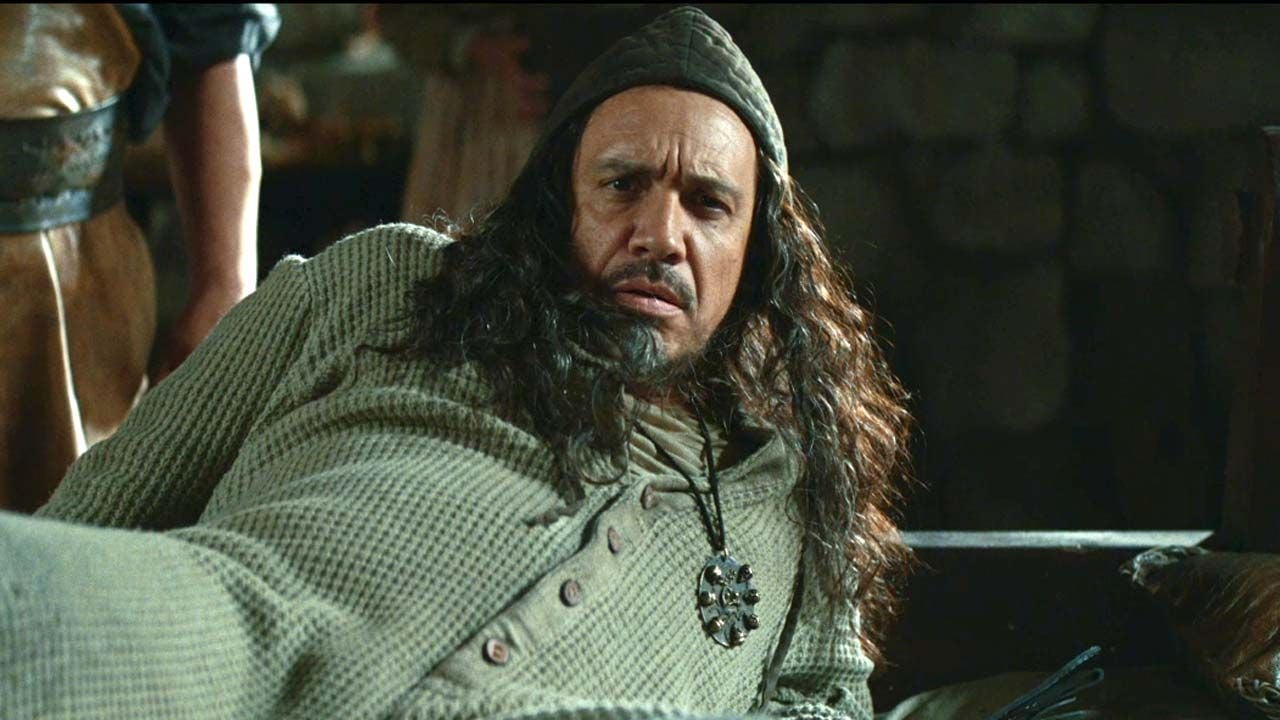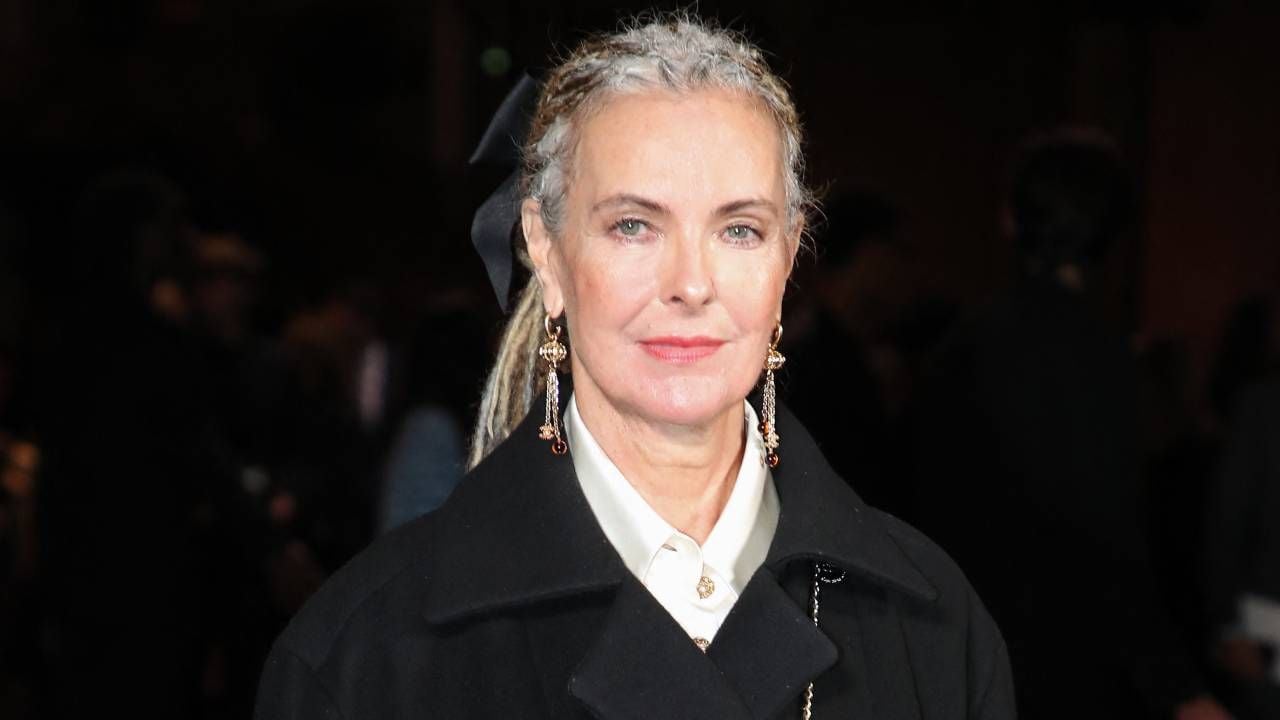-
117 years ago, on 11 October 1908, Cartola was born, one of the most important names in the history of samba. Discover the details of the life and career of this immense artist.
Photo: Disclosure / Flip
-
Angenor de Oliveira, who Brazil will call Cartola, was born in the Catete neighborhood, in the southern area of Rio de Janeiro.
Photo: public domain/Wikimédia Commons/Flipar
-
Son of Sebastião Joaquim de Oliveira and Aída Gomes de Oliveira, he grew up in a simple environment, but surrounded by music. His father, an amateur guitarist, was the first to teach him the chords of the instrument that would accompany him throughout his life.
Photo: reproduction from the Flickr National Archive of Brazil / Flipar
-
His childhood, however, was marked by difficulties. As a boy, Cartola saw his family move several times, eventually settling in Morro da Mangueira, where he would spend much of his life.
Photo: reproduction from the Flickr National Archive of Brazil / Flipar
-
It was in Mangueira that the future samba singer immersed himself in the popular musical universe. The premature death of his mother forced him to abandon his studies early and work: he worked as a bricklayer’s assistant, a car washer and even a janitor.
Photo: public domain/Wikimédia Commons/Flipar
-
During one of his construction jobs, to protect his hair from cement dust, he began wearing a bowler hat. His colleagues began to call him “Cartola”, a nickname that accompanied him for the rest of his life.
Photo: Samba Museum Collection / Flipar
-
In the early 1920s Cartola began frequenting samba clubs and carnival groups in Mangueira. Together with figures such as Carlos Cachaça and Zé Espinguela, he founded carnival groups and, later, Estação Primeira de Mangueira, one of the most traditional samba schools in the country.
Photo: playback/flip
-
During the 1930s, his compositions began to gain prominence outside the Hill. Samba like “Divina Dama”, “Who sees me smile”, “Alegria”, “I don’t want to love anyone anymore” and “What was the harm I did to you?” They were recorded by great performers of the time, such as Francisco Alves, Carmen Miranda and Mário Reis.
Photo: Playback from Instagram @cartolamusico / Flipar
-
Despite the quality of his work, Cartola’s life has never been easy. In the 1940s he faced long periods of oblivion, doing menial tasks to survive.
Photo: reproduction from Youtube Canal Arquivo Nacional / Flipar
-
During this period he turned away from samba and ended up living in extreme poverty. The artist was rediscovered at the end of the 1950s, when the reporter and radio host Sérgio Porto – more famous under the pseudonym Stanislaw Ponte Preta – found him while washing cars in Ipanema.
Photo: Samba Museum Collection / Flipar
-
Surprised to recognize the composer of samba classics, Sérgio Porto helped him return to the world of music.
Photo: public domain/Wikimédia Commons/Flipar
-
In the 1960s Cartola found success again. Together with his partner Dona Zica, with whom he lived until the end of his life, he founded the legendary Zicartola restaurant, in Rua da Carioca, in the center of Rio de Janeiro.
Photo: reproduction from Youtube Canal Arquivo Nacional / Flipar
-
The place became a meeting point for traditional samba singers and young musicians, such as Nara Leão and Paulinho da Viola. Zicartola was more than a restaurant: it became a symbol of the resistance of samba de morro and of the coexistence between generations and musical styles.
Photo: Playback by X @GloboNews / Flipar
-
However, it wasn’t until 1974, at the age of 65, that the samba singer released his first solo album, simply titled “Cartola.”
Photo: Disclosure / Flip
-
The album, produced by João Carlos Botezelli, known as Pelão, brought eternal classics such as “Acontece”, “Tive Sim”, “O Sol Nascerá”, in collaboration with Elton Medeiros, and “Alvorada”, a composition shared with Carlos Cachaça and Hermínio Bello de Carvalho.
Photo: Playback by X @GloboNews / Flipar
-
Two years later the second LP arrives, featuring on the cover the famous black and white photo of Cartola next to Dona Zica, with the hit “O Mundo é um Moinho”.
Photo: Reproduction from Facebook / Flipar
-
In 1977 he released “Verde Que Te Quero Rosa” and in 1979 the album “Cartola 70 Anos”, his fourth and last studio album.
Photo: Disclosure / Flip
-
Cartola’s work is characterized by a refined and profound lyricism, unusual in traditional samba. An example of this characteristic is the song “As Rosas Não Falam”. For this reason critics and scholars place him among the greatest names of the genre, together with Noel Rosa, Pixinguinha and Paulinho da Viola.
Photo: reproduction from Youtube Canal Arquivo Nacional / Flipar
-
Cartola lived a modest life to the end, living with Dona Zica in a small house in Jacarepaguá.
Photo: reproduction from Youtube Canal Arquivo Nacional / Flipar
-
In his final years, he battled cancer which weakened him significantly, but he continued to compose and perform whenever he could. He died on November 30, 1980, at the age of 72, leaving a monumental legacy.
Photo: reproduction of the SP Em Retalhos Oficial / Flipar Youtube channel
-
After his death, Cartola’s influence only grew. Several artists have recorded his compositions, including Gal Costa, Elis Regina, João Nogueira, Ney Matogrosso and Paulinho da Viola.
Photo: Reproduction from Facebook / Flipar
To share
Source: Terra
Rose James is a Gossipify movie and series reviewer known for her in-depth analysis and unique perspective on the latest releases. With a background in film studies, she provides engaging and informative reviews, and keeps readers up to date with industry trends and emerging talents.







